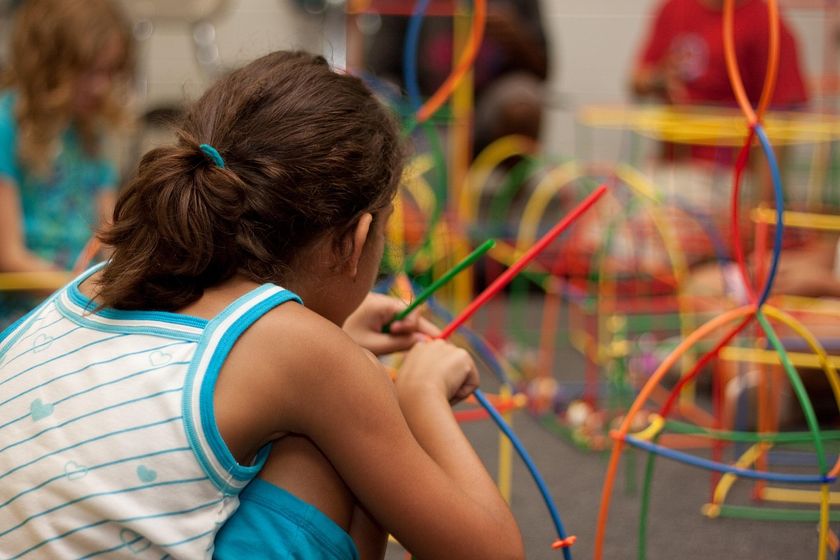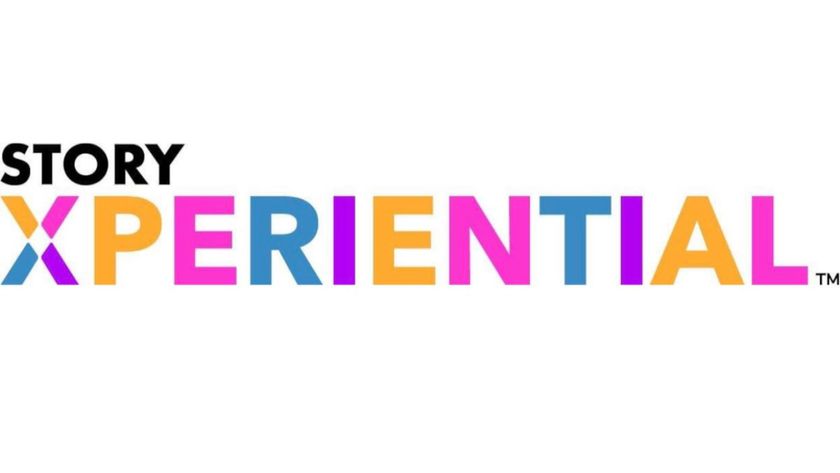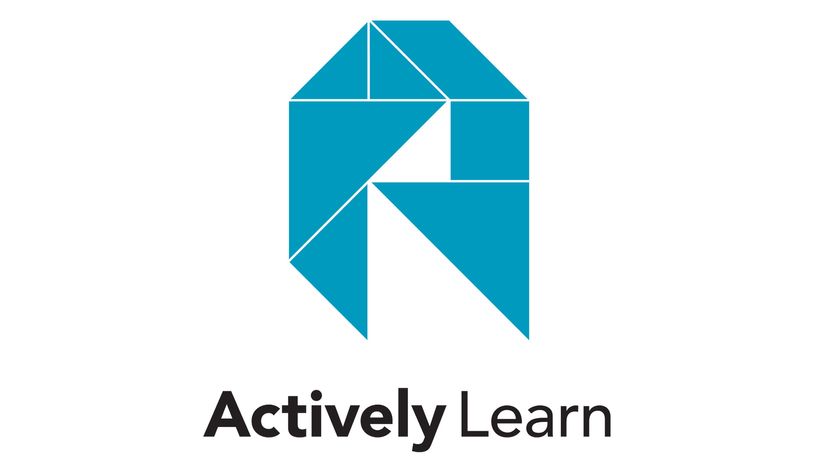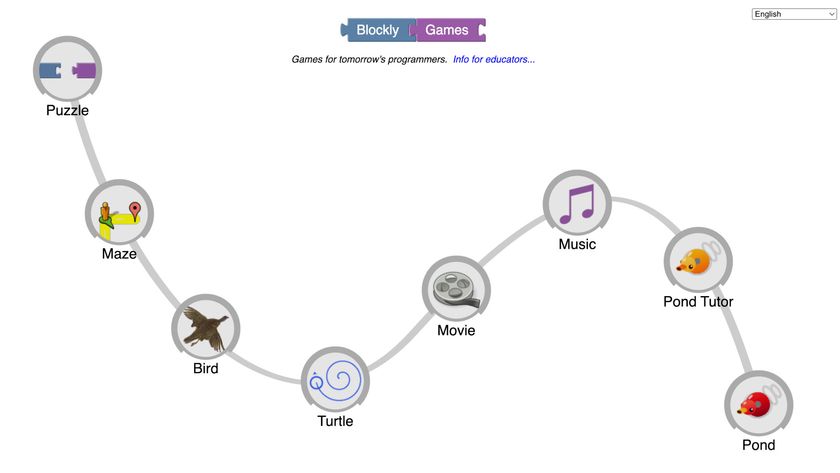Growth Mindset: 4 Ways to Implement It In Class
Growth mindset works for specific students in specific instances but educators should be careful when implementing it, says David S. Yeager of the University of Texas at Austin.

Growth mindset works best under specific circumstances, says David S. Yeager, associate professor of Developmental Psychology at the University of Texas at Austin.
Yeager was the lead author of a 2019 study that examines the impact of growth mindset training in 12,000 9th graders. While previous research around growth mindset had been mixed and there remain questions around the concept, this study found that growth mindset helps students who are struggling with learning and attend a school that supports a growth mindset.
Incorporating certain growth mindset best practices into your classroom can help students, says Yeager.
1. Don’t Actually Tell Kids About Growth Mindset
“It turns out, kids don't like being told what to believe,” Yeager says. “In our experiments, we never say, ‘Here's growth mindset, and you should adopt it. Here's fixed mindset and it's bad.’ We instead just say, ‘It is simply true that the brain grows and develops like a muscle.’ And when you know that, it frees you up to worry about or think about the work rather than feeling dumb.”
2. Make Sure Your Class Policies Support Growth Mindset
Since Yeager’s study found that growth mindset interventions were most effective in schools that had an environment that was supportive of the approach, it’s important to foster it in your class or school. “Audit your grading policies,” Yeager advises. “Look for times where they're inconsistent with a belief in growth and learning from mistakes and so on.”
Often teachers will say they believe in growth mindset but their class policies don’t support it. “I'm going to tell my students mistakes are your friend,” Yeager says many teachers will say just before adding, “But my syllabus only gives you one chance to learn something. I'm never going to retest you on a concept later. It's impossible to revise your test if you got a low score, and all of the problems I'm going to give you are yes-no memorization questions where you don't actually need to think deeply and interrogate your mistakes.”
In a growth mindset classroom, students need opportunities and space for practice and trying to learn from mistakes.
Tech & Learning Newsletter
Tools and ideas to transform education. Sign up below.
3. Use Research-Tested Growth Mindset Exercises
If you decide to introduce your students to the concept of growth mindset, Yeager says you should use a research-tested intervention. “There are lots of available ones that have been in our randomized experiments, where we vouch for them,” Yeager says. “And there are an infinite number on Tumblr that we don't vouch for. Don't Google ‘growth mindset,’ and then look on Google images and find a cat poster that has a cat reaching for a cookie that says growth mindset.”
Examples of evidence-based growth mindset programs, including the module used by students who participated in Yeager’s Nature study, can be found here.
4. Be Wary of Growth Mindset Overpromises
An outspoken proponent of growth mindset, Yeager is also mindful of its limitations. He knows it won’t work for all students in all instances and stresses that it’s not a silver bullet.
“I have total sympathy for teachers, and for how hard their jobs are, and how easy it is to be skeptical of ideas because fads come and go in education,” he says. “The reason why I've been obsessed with testing things rigorously is because as a former teacher, I saw the tidal wave of hype coming. I want teachers to benefit from all the research we did to prevent the crashing wave of a hype cycle. I really want to avoid that scenario where everyone gives up on a promising idea because they reject a caricature of it.”
Erik Ofgang is a Tech & Learning contributor. A journalist, author and educator, his work has appeared in The New York Times, the Washington Post, the Smithsonian, The Atlantic, and Associated Press. He currently teaches at Western Connecticut State University’s MFA program. While a staff writer at Connecticut Magazine he won a Society of Professional Journalism Award for his education reporting. He is interested in how humans learn and how technology can make that more effective.











